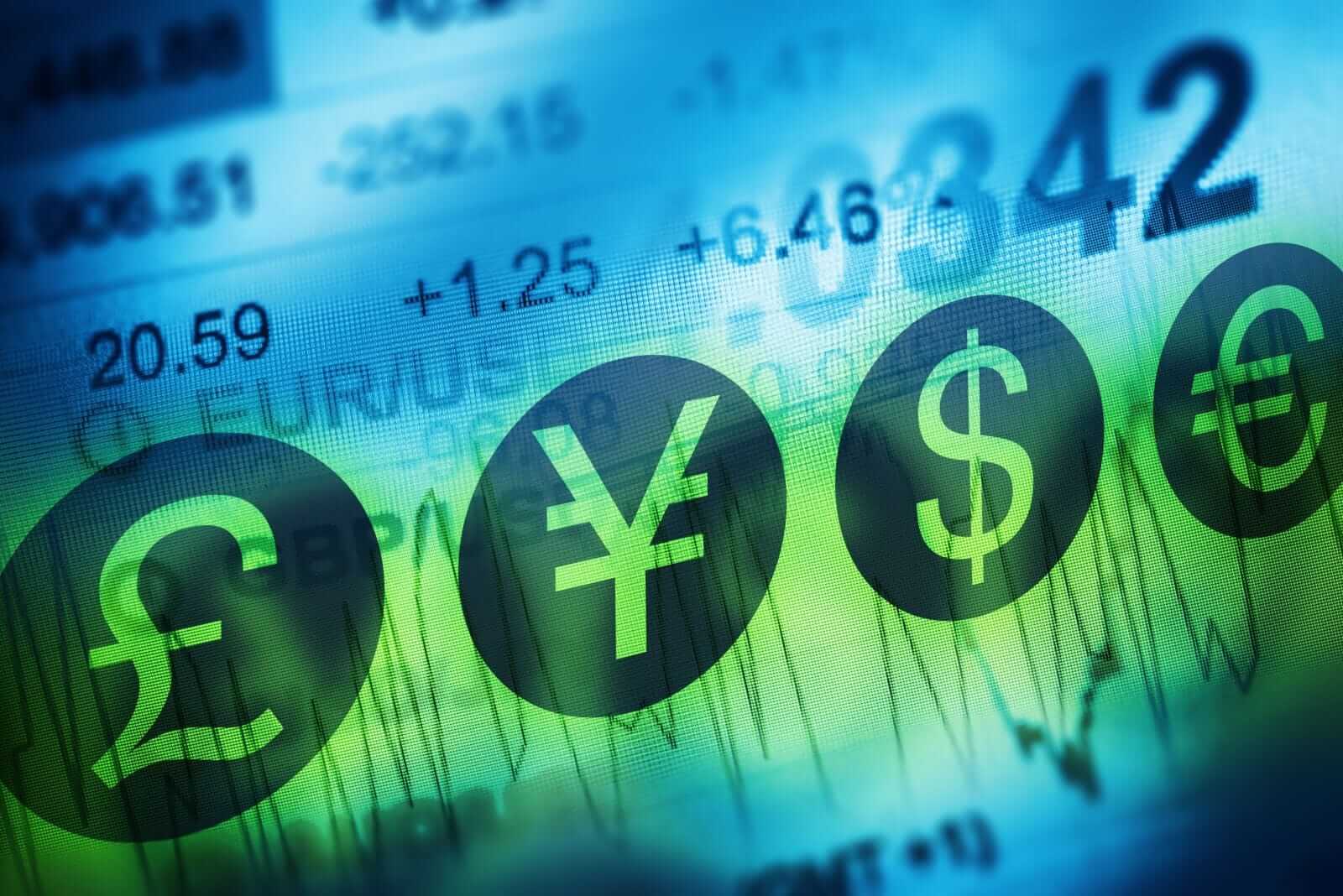
The dollar index (DXY00) on Friday rose by +0.56%. The dollar Friday rose moderately on stronger-than-expected U.S. economic reports. Also, signs of strong foreign demand for dollars are bullish for the greenback after the Federal Reserve facility that gives foreign central banks access to dollar funding was tapped for a record $60 billion in the week through March 22.
Friday’s U.S. economic data was bullish for the dollar. Feb capital goods new orders nondefense ex-aircraft unexpectedly rose +0.2% m/m, stronger than expectations of a decline of -0.2% m/m. Also, the Mar S&P manufacturing PMI unexpectedly rose +2.0 to a 5-month high of 49.3, stronger than expectations of a decline to 47.0.
Comments Friday from St. Louis Fed President Bullard had a hawkish tilt and supported the dollar when he said that financial stability issues could be tackled via additional steps to ease bank strains, while tighter monetary policy can keep targeting high inflation. Bullard also said he raised his forecast for peak interest rates this year to 5.625% from 5.375% "in reaction to stronger economic news."
EUR/USD (^EURUSD) on Friday fell by -0.66%. Strength in the dollar Friday sparked long liquidation pressue in the euro. Also, concern about the health of Europe’s banking system weighed on the euro as banks with high exposure to corporate lending sold off. European banks were under pressure after Bloomberg News reported that Credit Suisse Group AG and UBS Group AG were among banks under scrutiny in a U.S. Justice Department probe into whether financial professionals helped Russian oligarchs evade sanctions.
Friday’s hawkish comments from ECB Governing Council member and Bundesbank President Nagle were supportive of the euro when he said, "we have not yet won the fight against inflation," and the ECB will need to continue raising interest rates and should keep them at a high level.
Friday’s Eurozone economic news was mixed for the euro. On the negative side, the March Eurozone S&P manufacturing PMI unexpectedly fell -1.4 to 47.1, weaker than expectations of an increase to 49.0. Conversely, the March S&P composite PMI rose +2.1 to 54.1, stronger than expectations of unchanged at 52.0 and the fastest pace of expansion in 10 months.
USD/JPY (^USDJPY) on Friday fell by -0.04%. The yen Friday rallied to a 7-week high against the dollar. The ongoing U.S.-European banking woes have boosted the safe-haven demand for the yen. Also, a plunge in T-note yields Friday was bullish for the yen. In addition, Friday’s economic news that showed strength in Japan’s service sector supported the yen after the Japan March Jibun Bank services PMI expanded at the fastest pace in more than 9 years.
The Japan Feb national CPI ex-fresh food and energy rose +3.5% y/y, slightly stronger than expectations of +3.4% y/y and the fastest pace of increase in 41 years.
The March Japan Jibun Bank manufacturing PMI rose +0.9 to 48.6. Also, the March Jibun Bank services PMI rose +0.2 to 54.2, the fastest pace of expansion in more than 9 years.
April gold (GCJ3) on Friday closed down -12.10 (-0.61%), and May silver (SIK23) closed up +0.083 (+0.36%). Precious metals Friday settled mixed, with silver posting a 7-week high. The ongoing turmoil in the banking sector has sent global bond yields plunging and is bullish for precious metals. Also, the recent banking turmoil has sparked fund buying of gold as gold holdings in exchange-traded funds (ETFs) rose to a 5-week high Wednesday. However, gold prices gave up their gains and turned lower, and silver fell back from its best levels on a stronger dollar and a recovery in stocks that curbed the safe-haven demand for precious metals.
On the date of publication, Rich Asplund did not have (either directly or indirectly) positions in any of the securities mentioned in this article. All information and data in this article is solely for informational purposes. For more information please view the Barchart Disclosure Policy here.






